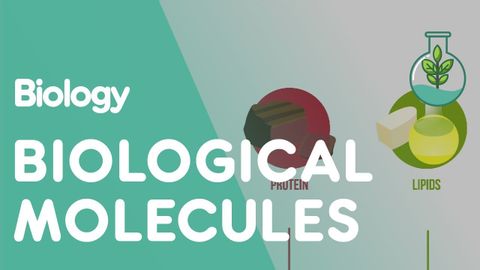生物分子 | 細胞 | 生物 | FuseSchool (Biological Molecules | Cells | Biology | FuseSchool)
K itty 發佈於 2024 年 08 月 22 日  沒有此條件下的單字
沒有此條件下的單字US /səbˈskraɪb/
・
UK /səb'skraɪb/
US /ɪˈsɛnʃəl/
・
UK /ɪ'senʃl/
US /ˈprɛznt/
・
UK /'preznt/
- adj.出席;在場的;目前的
- n.正在進行的;現在時態;目前的;禮物
- v.t.介紹;主持;介紹;展現;贈送
- v.i.出現
US /ˈstrʌk.tʃɚ/
・
UK /ˈstrʌk.tʃə/
- n. (c./u.)結構;建築物
- v.t.構成;組織
